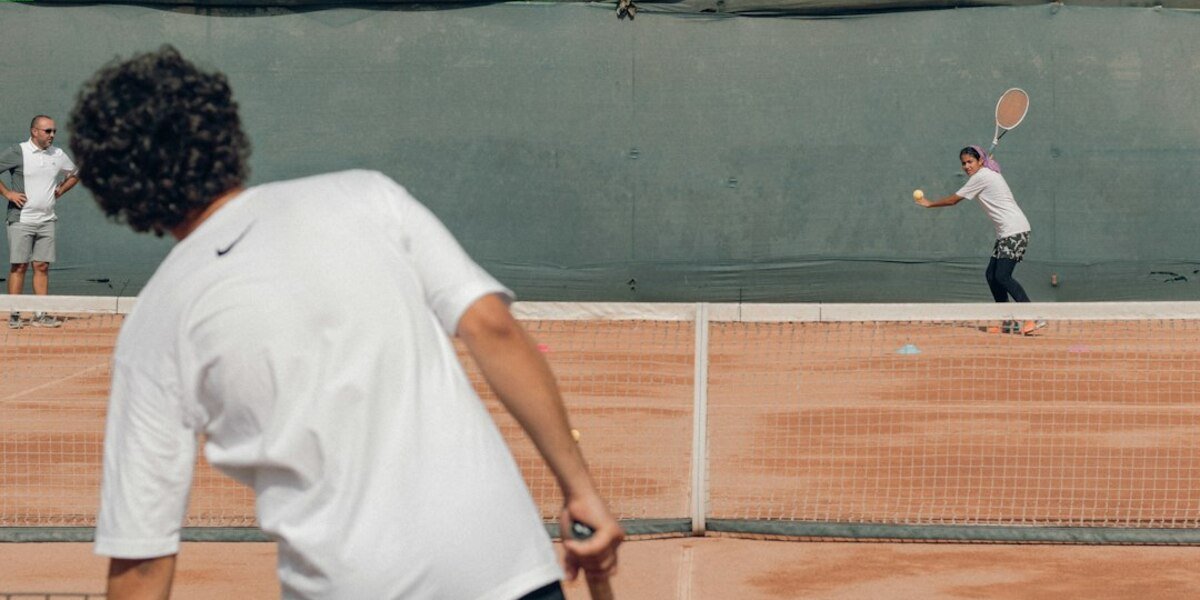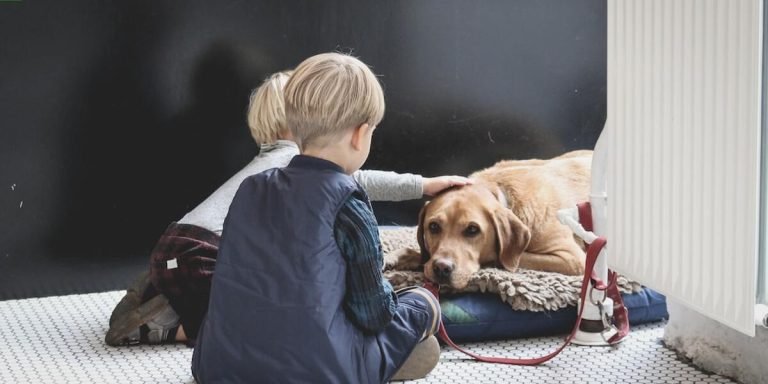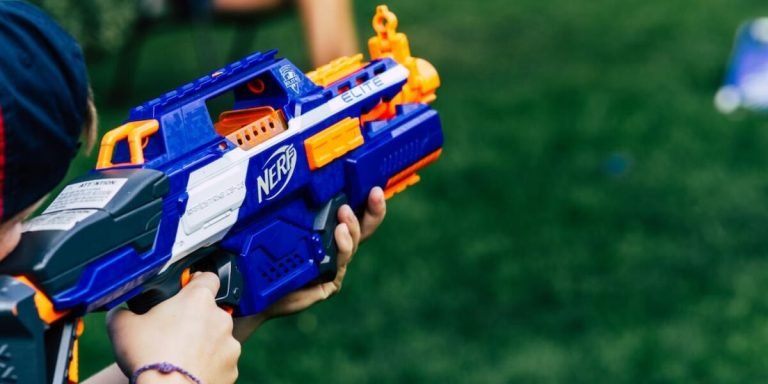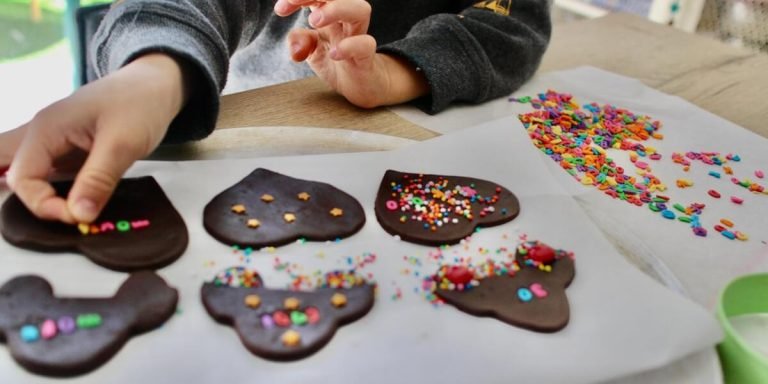Art and Crafts for Kids: Encouraging Creativity in Early Childhood Education
Art and crafts for kids are more than just a fun, hands-on activity. These colorful projects stimulate creativity, foster cognitive development, and pave the way for an understanding of academic concepts in unique ways. From pasting buttons to drawing rainbows – every craft project is an experiment with experimentation leading to exploration.
Incorporating art into early childhood education promotes active learning through manipulation of various materials and exploring different avenues of creative expression. By engaging little minds in these activities from an early age not only nurtures their imaginative capabilities but also subtly introduces them to problem-solving techniques thus reinforcing the concept of Activity Based Learning.
Did you know?
Did you know? According to a study published in the Early Childhood Education Journal, engaging children in arts and crafts activities from an early age can directly stimulate both cognitive and socio-emotional development.
The Role of Arts and Crafts in Enhancing Activity-Based Learning
In recent years, a fresh approach to learning known as Activity-Based Learning (ABL) has been gaining momentum in the education sector. The role of arts and crafts can be instrumental in bolstering this innovative method. As more educators lean toward this interactive form of teaching, integrating arts into their curriculum proves effective for helping children better understand complex ideas.
Arts and crafts provide an avenue where kids become makers instead of mere consumers – they create rather than rely on ready-made materials. They manipulate different art resources that offer them physical evidence of what they learn while engaging multiple senses simultaneously, enhancing cognitive development significantly.
With the rapid digital transformation we are experiencing today – quickly accelerated by the pandemic situation – technology integration becomes inevitable when discussing ABL methodology’s future perspective in 2023. When blended with traditional methods like arts and crafts instruction, it forms a strategy beneficial not just for individual advancement but also collective growth within classrooms worldwide.
Art-based activities coupled with electronic media may lead towards developing key skills such as problem-solving abilities and critical thinking among students efficiently compared to conventional school methodologies employing direct instruction alone.
Integrating Art Projects to Stimulate Cognitive Development
In the era of technological integration in education, it has become more evident how vital “art and crafts for kids” are to stimulating cognitive development. Engaging children in hands-on activities such as arts and crafts can greatly enhance their learning experiences.
Through artistic expressions like drawing, painting, or sculpting clay figures, children learn how to express themselves creatively. This expression stimulates a child’s imaginative skills which is an essential facet of cognitive development. By using bright colors or diverse shapes while crafting art pieces, they develop deeper understanding about patterns and contrasts – key concepts that have wide applications across different subjects including technology.
Fusing technology with arts-and-crafts projects is one effective way to foster Activity-Based Learning (ABL). For instance: designing digital animations involve creativity similar to traditional drawing but also introduces them into the fascinating world of computer programming. An activity seemingly simple yet powerful enough in sparking interest towards STEM fields at young age!
Crafting as a Tool for Encouraging Children’s Social Skills
Crafting, an umbrella term that covers various forms of art and crafts for kids, is a powerful tool in the development of social skills among children. With activity-based learning methods becoming increasingly prevalent, educators are incorporating crafting activities as part of their teaching strategy to make lessons engaging and interactive.
One significant aspect where crafting boosts children’s social skills lies within group projects. It necessitates collaboration which fuels team spirit among the young minds who participate together to create something creative or solve problems in craft based challenges—this experience fosters communication skill improvement amongst peers from diverse backgrounds promoting empathy and understanding further.
Moreover, when asked to share their creations with classmates after completion – be it a papier-mâché sculpture or homemade greeting card – explaining its concept often requires them articulate thoughts clearly thereby enhancing verbal expression capabilities significantly. This also cultivates active listening skills when they engage attentively while others present their work.
Kids indulging regularly in arts & crafts not only hones motor skill precision like cutting along lines neatly but opens avenues for digital competence too- there has been surge recently using technology driven tools such as 3D printers etc., integrating tech fluency hand-in-hand traditional handicraft techniques resulting uniquely innovative masterpieces never perceived before – still rooted real world physicality yet transcending boundaries merging virtual reality advancements astounding viewers alike globally!
Creative Approaches to Incorporate Activity-Based Learning Through Arts
In the ever-evolving educational landscape of 2023, integrating arts and crafts into children’s learning process has become a vital aspect to consider. While traditionally considered as an extracurricular activity or leisure pursuit, art-based activities can now be harnessed effectively for more engaged and participatory learning styles.
The fusion of technology in education opens up innovative possibilities for incorporating art-and-crafts-focused activity based learning. It gives educators access to countless resources that enhance creativity while teaching essential concepts. A painting app on a tablet not only allows kids to explore their artistic abilities but also bolsters fine motor skills development which is critical at this age.
Through creative tasks like sculpting with digital clay or doodling digitally with interactive pens, youngsters gain hands-on experience that amplifies their cognitive capabilities alongside fostering imagination. Utilizing tech-aided tools promotes experimentation without fear of errors as changes could be modified easily thereby practicing growth mindset within young learners.
Utilizing Craft Activities to Promote Problem-Solving Abilities
Engaging children in craft activities can be an excellent strategy for developing their problem-solving skills. In the era of digital transformation, aligning these arts and crafts with modern technology can add a new dimension to learning methods. Here’s how you can integrate art and crafts for kids into activity-based learning.
The first step is integrating technology tools that facilitate creativity. Apps like Tynker or Scratch Jr provide children with platforms to create interactive stories and games while simultaneously promoting logical thinking through coding basics.
Next, try using 3D printing technologies as part of your crafting sessions. This allows kids not only to visualize their creations but also encourages them figure out dimensional conception — an essential aspect of problem solving! For example, transforming a drawing of a castle into a printed 3D model requires critical planning about its different components such as turrets, walls etc., thus leading young minds towards solution-oriented thought processes.
Hands-On Art Experiences that Support Fine Motor Skill Growth
As we navigate the rapidly evolving landscape of education in 2023, incorporating hands-on art experiences into activity-based learning is more important than ever. Especially when it comes to supporting fine motor skill growth among children.
Moreover engaging in such activities also encourages self-expression thereby helping them connect cognitive understanding with physical movement – an essential aspect of Activity-Based Learning (ABL). Picture your child mastering how to hold a paintbrush or manipulate playdough; these are critical milestones that contribute substantially towards their overall developmental progress.
Secondly adopting creative approaches such as digital painting apps combines technology integration in education alongside improving dexterity through tactile feedback offered by stylus pens on touchscreen devices. By doing so you not only foster artistic creativity but acclimatize youngsters effectively within our tech-centered world while subtly enhancing their motor skills – All contributing positively toward ABL objectives!
In conclusion remember patience works wonders here! Allow them time needed exploring different mediums until they discover what resonates best with them personally leading not just developmentally beneficial outcomes but above all instilling love lifelong-learning.
Remember: It’s less about perfecting craft rather enjoying process thus fostering integral sense joy curiosity underpinning successful educational journey ahead!
Measuring the Impact of Artistic Crafts on Student Engagement Levels
The integration of art and crafts into the educational curriculum has become a pivotal approach in promoting Activity Based Learning with significant impacts on student engagement levels. An increasing number of educators around the globe are discovering that artistic activities, coupled with technology tools, can drastically improve students’ desire to participate fully in their learning process.
Artistic craft projects stimulate a child’s creative thought process while providing an enjoyable hands-on experience. Using 3D printers or computer-based design software complement traditional art forms by adding layers of complexity, keeping children engaged for extended periods. For instance, when kids use digital platforms to create patterns before transferring them onto paper mache; it effortlessly integrates technology and bridges the gap between abstract concepts and tangible output.
By utilizing these methods within education curriculums worldwide since early childhood stages sets up individuals for overall success as they advance through their school years. The combination provides unique opportunities to develop critical soft skills such as problem-solving abilities or effective communication techniques – all needed for successful navigation in our digitally-centric society today.
Furthermore, these dynamic classroom environments have seen higher concentration levels amongst students along with improved retention rates due to active participation rather than passive absorption from conventional teaching methods alone. So next time you’re considering what tool to introduce into your lesson plan? Think about integrating some form ‘artistic crafting’.
It might be just what’s required taking your class full swing towards engaging edutainment!
Analyzing Behavioral Changes with Regular Craft Sessions in Education
Incorporating art and craft sessions into daily learning schedules has underlined positive behavioral changes among students. Regular exposure to such activities helps foster focus, concentration and patience– traits vital for academic success today.
Observations indicate that when children are assigned crafting tasks, they show an increase in enthusiasm towards their work- making activity-based learning effectively beneficial. The excitement associated with creating something new retains their interest throughout the session while simultaneously refining various skillsets.
Crafting requires careful attention – measuring accurately, cutting precisely or coloring within lines needs steady hands and focused minds which results into better hand-eye coordination over time.
Additionally emotional intelligence gets subtly nurtured during these artistic engagements too. Crafting often involves decisions-making like choosing color schemes or layouts . Such choices require youngsters contemplate on preferences , learn decision-making thereby boosting confidence .
Moreover once completed each creation fuels satisfaction – it’s this sense achievement keeps them motivated strive harder next task thus instilling drive excellence from early stage itself.
Lastly collaborative arts crafts projects can significantly enhance social interaction teamwork young learners providing platform express thoughts feelings comfortably leading overall personality development along improved communication abilities.
As we navigate through 2023 harness power technological intervention virtual reality augmented offer immersive experience blending tech fun classrooms things set get even more exciting!
Assessing Academic Improvements Linked to Consistent Creative Practices
Art and crafts for kids have always been known to be a fun and engaging activity. However, in recent years with the integration of technology into education, these activities are being used more strategically as tools to boost academic success rates. Activity-based learning through artistic crafts has become an integral part of today’s pedagogic framework.
In 2023, many schools emphasize incorporating consistent creative practices into their curriculum. This is not just due to its increased popularity but because research indicates that it significantly impacts student engagement levels leading to considerable improvements in their academics.
Schools utilizing art based projects observe higher concentration levels among students during such activities. Students appear more captivated by colorfully illustrated lessons than traditional text-only ones – a significant factor proving how examining the impact of artistic crafts becomes critical on student engagement levels.
Children show improved memory recall when they engage regularly in craft assignments associated with what they learn theoretically in class; this makes sense since our minds remember vivid imagery better than plaintext information or spoken words alone.
Conclusion
In wrapping up, it cannot be overstated how vital art and crafts for kids are in early childhood education. These activities nurture creativity, develop cognitive abilities, improve hand-eye coordination and most importantly – they’re absolute fun! So roll up those sleeves, prepare to get a little messy and let the imaginative minds of our children run wild.
For more insights into child education or additional advice on supporting your young learner’s journey as a parent or educator – continue exploring our website. We have an extensive collection of resources that will aid you in making learning enjoyable yet effective for kids because at the end of day each brush stroke counts towards shaping their future!







